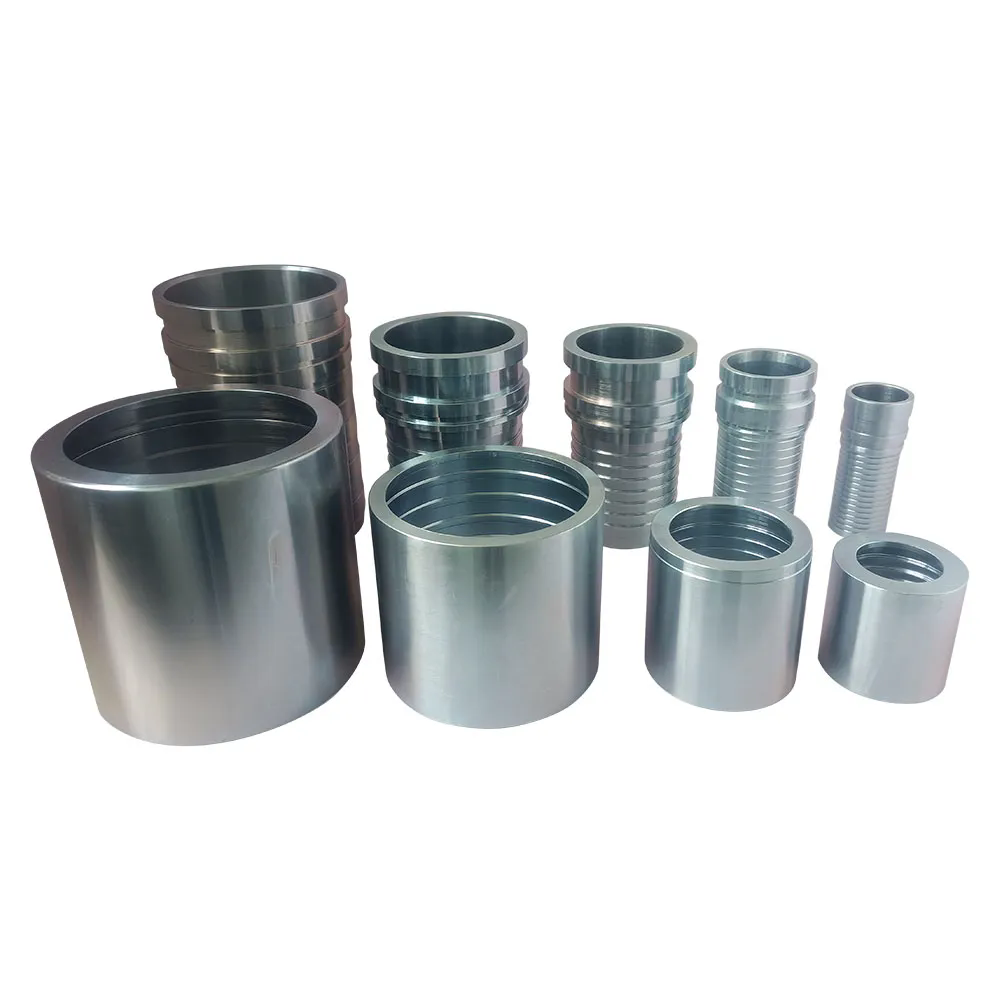Understanding Cement Pipe Joints: Essential Components for Reliable Construction
2024-08-10
In the world of construction and infrastructure, the durability and functionality of pipelines are paramount. Cement pipe joints are crucial components in ensuring the longevity and stability of pipelines used for various purposes, from water supply systems to industrial applications. This blog will delve into what cement pipe joints are, their benefits, and their role in modern construction.
What Are Cement Pipe Joints?
Cement pipe joints are the fittings used to connect sections of cement pipes. These joints are typically made of reinforced concrete or a combination of concrete and other materials, designed to create a strong, durable connection between pipe segments. Cement pipe joints play a vital role in maintaining the structural integrity and functionality of pipelines, ensuring that they perform efficiently and effectively.
Key Features of Cement Pipe Joints
1. Robust Construction
- Strength and Durability: Cement pipe joints are designed to withstand high pressures and heavy loads, making them suitable for a variety of demanding applications. Their reinforced concrete composition ensures that they remain stable and reliable under stress.
- Resistance to Environmental Factors: These joints are resistant to environmental factors such as moisture, temperature fluctuations, and chemical exposure, making them ideal for use in diverse settings.
2. Precision Engineering
- Accurate Fit: Cement pipe joints are engineered to fit precisely with the corresponding pipe sections, ensuring a secure and leak-proof connection. This precision is crucial for maintaining the efficiency and safety of the pipeline system.
- Customizable Designs: Depending on the application, cement pipe joints can be customized in terms of shape, size, and connection type to meet specific requirements.
3. Ease of Installation
- Pre-fabricated Options: Many cement pipe joints come pre-fabricated, simplifying the installation process. This can reduce labor costs and installation time, making the construction process more efficient.
- Alignment Features: Designed to facilitate easy alignment and connection, cement pipe joints ensure that pipeline sections are properly connected and supported.
Benefits of Using Cement Pipe Joints
1. Long-Term Reliability
- Durability: Cement pipe joints offer long-term reliability due to their robust construction and resistance to wear and tear. They are designed to provide a secure connection that can last for decades.
- Low Maintenance: Once installed, cement pipe joints require minimal maintenance, making them a cost-effective solution for long-term infrastructure projects.
2. Enhanced Performance
- Leak-Proof Seals: Properly installed cement pipe joints create a leak-proof seal, preventing water or other fluids from escaping and ensuring the efficient operation of the pipeline system.
- Pressure Handling: These joints are capable of handling high pressures, making them suitable for applications where pressure management is critical.
3. Versatility in Applications
- Water Supply Systems: Cement pipe joints are commonly used in municipal water supply systems, where their durability and leak-proof characteristics are essential for maintaining a reliable water supply.
- Sewage and Drainage: In sewage and drainage systems, cement pipe joints provide the strength needed to handle the flow of waste materials and resist corrosion.
4. Cost-Effectiveness
- Economical Materials: Cement is an affordable material, and using cement pipe joints can help reduce the overall cost of pipeline construction without compromising quality or performance.
- Longevity: The long lifespan of cement pipe joints translates to fewer replacements and repairs, providing significant cost savings over time.
Types of Cement Pipe Joints
1. Bell and Spigot Joints
- Design: In this type of joint, one end of the pipe (the spigot) fits into the bell-shaped end of the adjacent pipe. The bell end has a larger diameter to accommodate the spigot end, creating a secure connection.
- Use: Bell and spigot joints are commonly used in sewer and drainage systems due to their ease of installation and strong, leak-proof seal.
2. Flush Joint Pipes
- Design: Flush joints feature a flat surface that is designed to be flush with the adjacent pipe. This design ensures a smooth transition between pipe sections.
- Use: Flush joints are often used in water supply systems and applications where a smooth flow of fluids is required.
3. Coupling Joints
- Design: Coupling joints connect two pipe sections end-to-end using a coupling fitting. This type of joint is useful for extending the length of a pipeline or repairing damaged sections.
- Use: Coupling joints are versatile and can be used in various applications, including water supply, sewage, and industrial pipelines.
Installation and Maintenance of Cement Pipe Joints
1. Proper Installation
- Preparation: Ensure that both the pipe ends and the cement pipe joint are clean and free of debris before installation. Proper cleaning helps achieve a secure, leak-proof connection.
- Alignment: Align the pipe sections accurately with the joint to ensure a proper fit. Misalignment can lead to leaks and reduced performance.
- Jointing Methods: Follow the manufacturer’s guidelines for joining techniques, such as applying a suitable adhesive or sealant if required.
2. Routine Inspection
- Regular Checks: Periodically inspect cement pipe joints for signs of wear, damage, or leakage. Early detection of issues can prevent more significant problems and ensure the continued reliability of the pipeline.
- Maintenance: Address any maintenance needs promptly, such as repairing or replacing damaged joints, to maintain the integrity of the pipeline system.
Conclusion
Cement pipe joints are a fundamental component of modern infrastructure, offering a combination of strength, durability, and cost-effectiveness. Their ability to create robust, leak-proof connections makes them ideal for a wide range of applications, from municipal water supply systems to industrial pipelines.
By understanding the features and benefits of cement pipe joints, you can make informed decisions for your construction and infrastructure projects. Embrace the reliability and performance of cement pipe joints to ensure the success and longevity of your pipelines, contributing to the efficiency and safety of your overall system.



